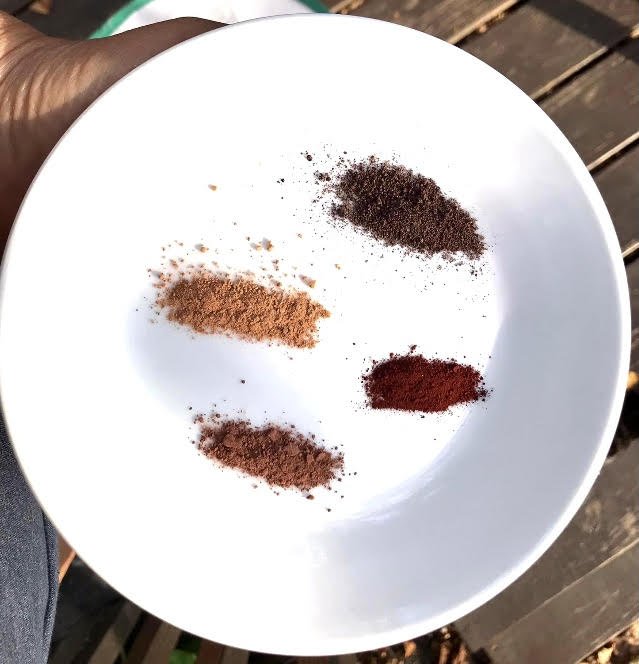
How to Make Art Like a Cave Woman







Introduction to Cave Art
Ochre was first used over 307,000 years ago in Africa, well before the rise of Homo Sapiens, probably for functional uses like sunscreen or bodily decoration. The earliest dated wall art is a delightful “warty pig” from 45,500 years ago in Sulawesi. “Parietal,”or “wall art” is found on every continent except Antarctica, and displays an extraordinary range of skill in how the artists handled their materials and their very difficult locations. While many theories have been expounded on why these early hominins created their art and what it meant, very little has been written about how accomplished the works are from an artistic perspective. The nomadic Magdalenians were incredibly good at capturing the life around them in pictures on rough limestone or granite, often deep underground along barely accessible passages lit by wavering torches, with homemade paints and brushes. The more I study and replicate this art, the more I am in awe of them as artists.
How Was It Made?
Powdered ochre and charcoal were applied to the cave wall using hands, bundled plant leaves or stems, or blown through reeds and hollowed bones. If painted rather than blown, the ochre would be mixed with animal fat, oils or plant resin. Often the outline would be carved and the stone surface would be scraped before painting.
Was All Cave Art Painting?
No, there were also bas reliefs, sculptures, carved sticks, bones, and stalactites. The delicacy of these engravings is quite extraordinary.
What Was Represented?
Mostly animals and humans. No landscapes, horizons, or vegetation have been found. In Europe fewer humans are represented than animals, while in Africa and Australia there are frequent humans figures. There are also many odd forms and symbols, such as dots, “tectiforms” that look like tents, arrows or windowpanes, as well as many examples of hands with ochre outlines. My interest lies mostly in Europe, where the most commonly represented animals are horses, bison and aurochs. Other animals such as deer, bear, rhinoceros and fish are found. I find it fascinating that there would be so few predators, which would have loomed large in the life of relatively weak hominids, as well as smaller mammals and birds, which would have formed the largest part of their diet. The most well-known European sites include Lascaux and Chauvet in France and Altamira in Spain. This prehistoric art stands as an enduring testament to the human desire to express images of the world through art, to create and communicate with each other and other beings.
Further Reading
Visual-arts-cork.com
livescience.com “ochre: the world’s first red paint”
“The Art of Prehistoric Man in Western Europe by Andre Leroi-Gourhan
